How to Plant a Cactus: Step by Step Manual [12 Steps + Images]

Did you know that the spines of the cactus can be usedlike suture needles?
Also,cactus spinesThey not only serve to protect them from predators, but also protect them from sunlight and keep them at a suitable temperature.
Important points for Planting Cactus:
- When? It can be sown throughout the year, although if it is from seed it is recommended in late spring.

- Where? Hot and arid climates. They do not tolerate cold well.
- Growing time? From seed, between six months and a year to grow.
- How do we prepare the land? The ideal soil must have adequate drainage to prevent waterlogging.
- How do we water? Aspersion, although it hardly needs water.
- How do we sow? Here how to grow cactus step by step.
- Favorable associations? the garlic.
- Plagues and diseases? Mealybugs, nematodes, spiders, cactus scales, atracnose.
You may also be interested in: Care and planting of the Christmas cactus.
Characteristics of cacti
Cacti, also called cacti, cacti or cacti, are plants native to America.
They are characterized by the extraordinary management and optimization of the resources available to them, especially in extreme and difficult climates.
This plant family bears a very remarkable resemblance to succulents, so much so that they are included within this group although they are not closely related.
However, they share some characteristics with respect to their cultivation. Although the needs of cacti are limited, it is important to know them to avoid bad practices or errors during cultivation.
For that reason we want to share with you a brief guide with the main care of the cactus so that your plants grow with all their splendor. We hope this help you.
| botanical name | cacti |
| Common name | Cacti, desert cacti, forest cacti |
| plant type | Succulents (with a few exceptions) |
| maturity size | Varies by variety |
| Sun exposure | Some direct sun; quantity varies by variety |
| soil type | Sandy, well-drained soil |
| soil pH | 5.5-7 |
| flowering time | It varies |
| flower color | It varies |
| native area | Deserts and rainforests around the world |
The cactus is a succulent variety of the Cactaceae family, which is divided into 170 genera and more than 2,000 known species.
 It is usually prickly, with thick leaves and stems. Also, depending on the variety, it can be a fruit tree.
It is usually prickly, with thick leaves and stems. Also, depending on the variety, it can be a fruit tree.
Among its most important features isthe ability to accumulate a large amount of waterin their stems, leaves or roots, which allows them to withstand long periods of drought.
It is one of the most attractive ornamental plants and requires less care for its maintenance.
However, planting cactus requires a lot of patience and depends onseveral factors for its success.
All cacti are members of the Cactaceae family, and there are thousands of species in all.
The cactus as an indoor plant
There are two large groups of cacti that are grown as houseplants: the desert cacti and the forest cacti. Both are popular and familiar, and both can thrive indoors with relatively little maintenance. There are cacti of many sizes, but most indoor varieties are small.
Desert cacti are the most ‘traditional’ cacti, usually covered in spines or hairs and often growing in shovels, balls or obelisks. Woodland cacti grow in forested areas, from temperate forests to subtropical and tropical regions.
The best-known forest cactus may be the Christmas cactus, native to Brazil, which blooms in red, pink, purple, and even yellow. Both desert and forest cacti are slow-growing and have beautiful blooms, but they have very different growth habits.
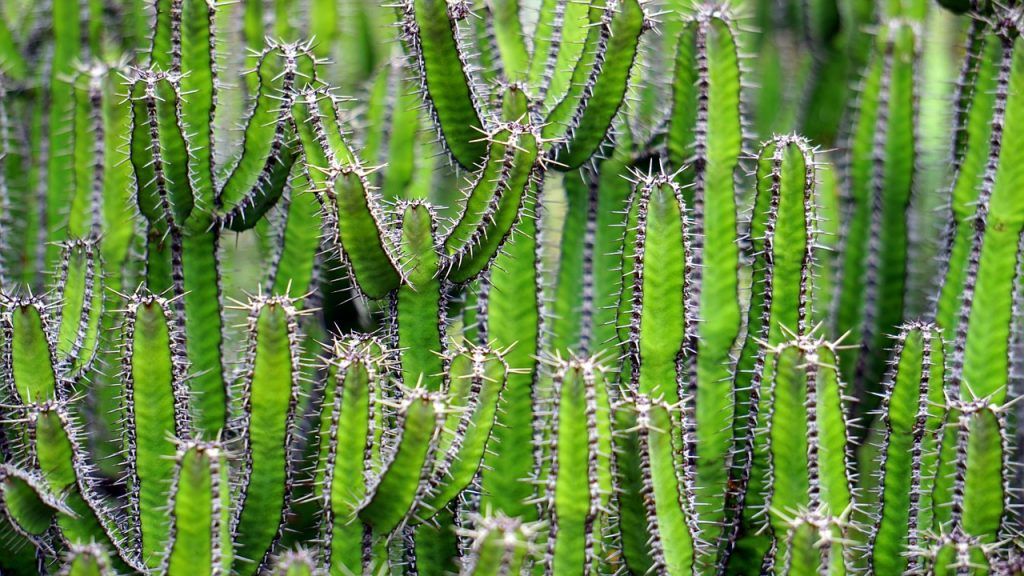
When to plant a cactus? The dates
It canplant cacti throughout the year, although it is recommended to plant it from seed in late spring to avoid low temperatures.
Where do we plant the cactus? temperature and light
 They prefer thehot and arid climates.
They prefer thehot and arid climates.
In the garden or indoors, the ideal is that they remain under a temperature around 21 ° C
During the winter they should not be in very hot rooms, as this prevents them from going into winter rest, which is essential for these plants.
Most cacti cannot tolerate temperatures below 7ºC.
How do we water? Humidity
The cactus is a plant of arid zones, so it is notnothing demanding in terms of risks.
However, it requires a watering or two every month, just to keep the soil slightly moist.
Make sure that the irrigation is enough to moisten the soil, but do not form puddles.
In winter the frequency can be reduced. We can wait until the soil is dry enough to water it again.
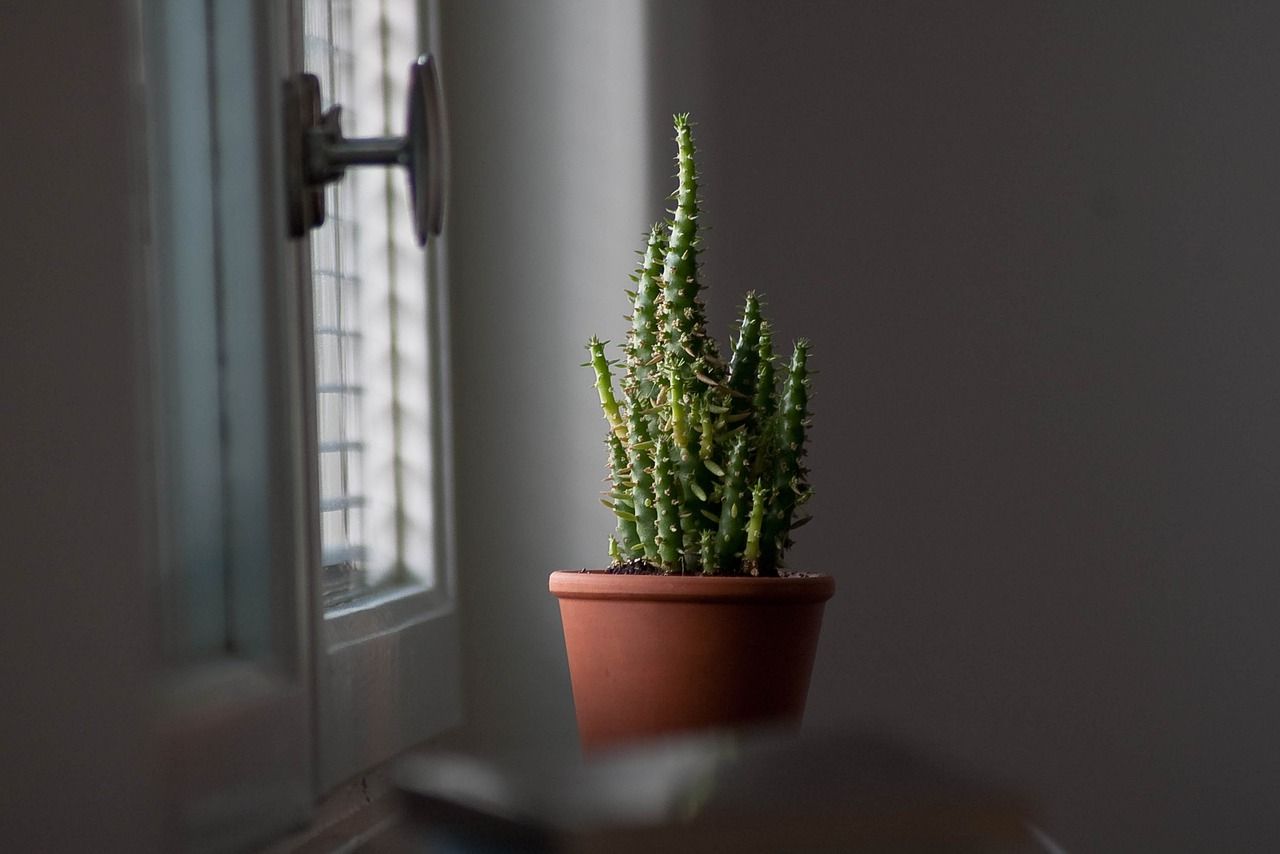
How do we prepare the land? the substrate
 The ideal soil must have adequate drainage thatavoid puddles.
The ideal soil must have adequate drainage thatavoid puddles.
It requires soils rich in phosphorous and potassium. The latter actively contributes to its resistance to drought.
The pH varies depending on the variety of cacti.
How to plant cactus step by step [12 Steps]
existthree main methodsto plant cacti successfully:
through seeds
This method requires a lot of patience, as cactus seeds can take anywhere from six months to a year to grow.
Sowing in late spring is recommended.
- It cleans the land, extracting weeds and all kinds of residues.Later, water the soil so that it remains moist and facilitates the sowing of the seed. You can add fertilizers to nourish the substrate.
- Place the seeds shallowly and cover them with a layer of sand, not too fine, but thick enough to hold them in place with the first watering.
- If the soil is very dry, water it.Otherwise, wait for it to dry. Stick a pencil into the soil to see how dry it is. If the pencil comes out dirty and wet, it means that the soil still hasenough moisture. Wait until the pencil comes out completely dry.
- Irrigation by sprinkling, trying only to moisten the soil, avoiding producing puddles.
- Wait for the plant to germinate.To protect it, you can cover it with mesh or containers that do not prevent it from receiving the sun’s rays or contain moisture.
- Water it once or twice a month, depending on the conditions where you live.
- Once your plant has grown, you can fertilize it during the summer with organic matter rich in potassium and phosphorus.
By cuttings
- The best time to grow from cuttings is from mid-spring to early summer.
- Cut the cuttings with a very sharp and disinfected knife.Coat the wound with cinnamon powder and sprinkle some fungicide on it.
- Let the cuttings dry for a couple of weeks, placing them horizontally in a shady spot.
- After a week, start watering the cutting sparingly.
- Prepare a tray or pot with large drainage holes.Place a layer of gravel on the bottom and fill them with a very spongy and airy substrate.
- A mix of garden soil and peat moss is recommended. If you prefer, you can go to a garden store and buy a suitable substrate for cacti. The most recommended pots for planting cacti are those made with clay.
- Use wide pots, as these allow the root system to expand naturally.
- Narrow and very deep pots can stress the cactus. Also, very large pots retain more moisture, which can cause roots to rot.
- Loosen the soil and make a hole big enough to bury the cutting. Insert it so that it can support itself without falling.
- Place it in a bright, warm place without direct sun. Water with sprinklers during the first 15 days.
- The cutting will root in approximately 4 weeks.From that moment on, it can be transplanted into individual pots or into the ground.
To know more, you can see: Cactus cuttings.
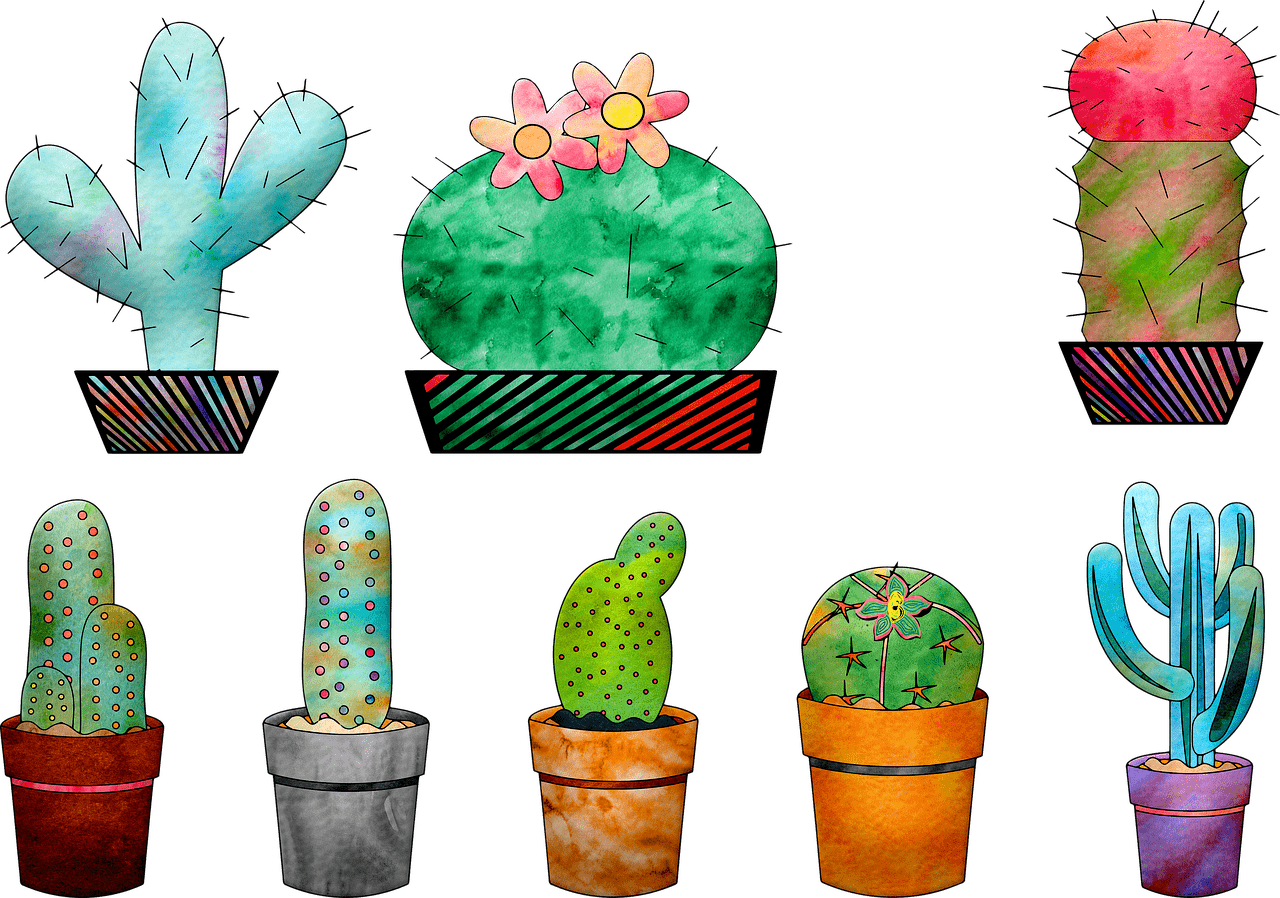
Cactus transplant method
To know more: The transplant of the cactus without root.
Cacti can be kept in a pot. However, they must be transplanted every so often to allow them to grow comfortably.
- They should be transplanted as soon as the roots come out of the pot ‘s drainage holes or when the tops of the cacti reach the edges of the pot.
- This change usually takes place between the ages of two and four.
- Likewise, you can perform a transplant when you want to move the cactus from a seedbed to the garden.
- It is advisable to carry out transplants in spring or summer, since in winter the roots are more likely to be damaged and rot.
- Before transplanting make sure to put on some gloves to avoid punctures.
- Loosen the soil where you will be transplanting, making sure it is loose and well padded.
- Make a hole big enough and deep enough for the roots to develop.The hole size should be at least twice the size of the root ball.
- Do a thorough cleaning of weeds and, if applicable, crop debris.
- Remember that if the ground is frozen, very wet or too dry, it is not advisable to carry out the transplant.
- Transplant the cactus into the newly dug hole, taking care that the root ball does not split open or crumble. Check that no roots are left outside the hole.
- Begin to fill in the hole. When doing so, you must be careful that the neck of the root —where the stem begins— is not buried, but at ground level.
- The land that will be used to fill, must be completely free of rubbish or stones. If there are lumps they should be broken.
- If you have transplanted into a pot, it is best to place the cactus in the shade for a few days.
What soil needs do cacti have?
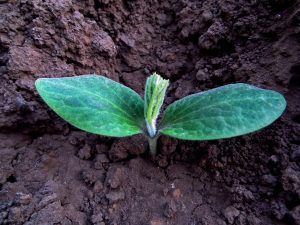 The soil is the fundamental support for cacti since it takes the water and nutrients necessary for its growth from it.
The soil is the fundamental support for cacti since it takes the water and nutrients necessary for its growth from it.
Said substrate must be porous, with organic matter, in addition to being very well drained to favor ventilation and prevent it from retaining moisture.
The ideal types of soil for cacti are made up of sand in different proportions, such as clay-sandy, sandy and sandy-loam soils.
A classic mix has ⅓ silt, ⅓ coarse sand, ⅓ peat or leaf mulch. The pH should be around 6 and 7.
Soils that are too clayey or too rich in organic matter should be avoided, as these conserve moisture, which seriously affects the plant due to the lack of oxygenation of the roots.
How to make cacti grow strong and vigorous?
Cacti are easily cultivated as they are undemanding due to their nature and adaptation to adverse environmental conditions. However, below we share some fundamental aspects in the care of cacti so that they grow strong and vigorous.
Water
Cacti are native to dry and arid climates. In fact, they are characterized by their optimization of water resources.
However, like all plants, they need water to survive, but this should be applied infrequently and in moderate amounts.
Air
The air is important in the care of the cactus since it transports water in a gaseous state which is absorbed by the plants.
In addition, the constant flow of it prevents the development of parasites or diseases in humid environments, so it is vital to locate the cacti in ventilated places.
Lightning
Most cacti grow best in direct sunlight. However, some species need to remain in places under intense indirect light, so it is advisable to check the needs of the species you want to grow.
It should be noted that, if there is not enough lighting, cacti can present abnormal growth that usually deforms them and makes them more susceptible to diseases. Therefore, it is necessary to place them next to the windows, or to install some artificial light source.
Temperature
Not all cacti have the same needs and tolerance ranges. Many of these plants are used to seasonal variations in climate and tolerate minimum temperatures between 5°C and 10°C during the winter.
However, there are other more exotic species that love heat and do not tolerate cool environments. These plants should be sheltered during the winter season in areas with adequate light and temperature.
Fertilization
Compost is an important part of cacti care. It is recommended to apply special fertilizers for cacti with a 20-20-20 or 15-30-15 formula, with micronutrients, and apply it according to the manufacturer’s instructions.
What humidity do cacti need?
 As a reference, they should be watered once every 10 or 14 days during the summer; in the spring and autumn the frequency should be spaced out even more. For the winter, the irrigations are usually suspended since they are not necessary.
As a reference, they should be watered once every 10 or 14 days during the summer; in the spring and autumn the frequency should be spaced out even more. For the winter, the irrigations are usually suspended since they are not necessary.
However, it is important to add that irrigation depends on factors such as sun exposure, the time of year, the type of substrate, the climate and the place of cultivation.
For that reason, it is a rule that irrigation is applied until the soil has dried completely.
A very simple way to determine when to water is to carefully insert a wooden stick into the substrate. If it comes out dry and without traces of soil, it’s time to water. However, if the stick comes out wet and with traces of soil, you should wait a few more days.
Is it necessary to prune cacti?
Pruning cacti may be necessary when their growth is such that it deforms their structure. It is also useful when the plant outgrows the space in which it is planted and maintenance is difficult.
How often should we prune cacti?
Cactus pruning is usually done during plant dormancy, which usually occurs in late winter. At this stage it is advisable to remove remains of dry flowers, already mature fruits or dry shoots.
How to prevent pests and diseases from appearing in cacti?
The best way to prevent pests and diseases from appearing in cacti is to keep the plant in good health, since a weakened plant is more sensitive to parasite attacks.
Among the aspects that must be monitored are excess water, lack of water, excess sun or shade, as well as excess or lack of fertilizers or nutrients.
With regard to pests, the attacks can come from aphids, mealybugs, mites as well as some parasites. In these cases it is important to act urgently and apply systemic products or insecticides according to the manufacturer’s instructions.
Conclusions
Cacti are extraordinary plants and, although they are not demanding, they require specific measures to develop properly.
We hope that this guide on cactus care will be useful to you and that it will allow you to grow them to their full potential.
watering the cacti
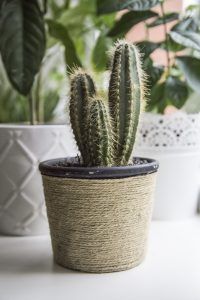 Cacti are beautiful plants that have a high ornamental value and that, in addition, require very little care.
Cacti are beautiful plants that have a high ornamental value and that, in addition, require very little care.
The watering of the cactus is one of the issues that will give you the least worries because they need a very small amount of water throughout their lives.
Establishing an effective schedule and paying attention to the characteristics of the plant as time goes on will be the basics to keep it healthy.
And if you don’t know very well how to carry out this entire process, here we will give you the general guidelines that you will only have to adapt to your particular situation. Ahead.
Important points when watering a cactus:
- Irrigation frequency: when it is in the summer season, every 12 days. In the case of winter, watering is suppressed unless the plant is indoors, which can be done every 25 days.
- Watering method: with a watering can.
- Optimum time of day for irrigation: when there is shade. Watering in the sun can cause burns on the plant.
- Identify excess water: soft plant and rot.
- Identify lack of water: the plant begins to turn yellow and can even wrinkle.
What irrigation needs does the cactus have?
Originally the cactus is a kind of plant that grows in arid areas, so its water needs are minimal. Risks are part of the care that generates least concern because you have to let a large number of days pass between one and the other.
The main reason is because they are plants that store water inside as a survival technique. Larger cacti have more stored water and usually require less watering. The usual thing is to wait until the substrate where you have it dries completely before applying a new irrigation.
How can we detect the lack of irrigation in the cactus?
 Although its water requirement is minimal, we cannot lose sight of the fact that it is a living organism and, as such, it does not know how to live without it.
Although its water requirement is minimal, we cannot lose sight of the fact that it is a living organism and, as such, it does not know how to live without it.
When its roots are subjected to water stress, a dryness begins to occur towards the aerial parts that is evidenced by the presence of a yellow coloration.
If the lack of water continues for a while longer, the plant may begin to wrinkle and lose its characteristic vigor.This does not imply that you have to give it a water bath to recover it, you just have to apply a deep irrigation and continue with the normal schedule.
As the days go by, the cactus will recover from the bad moment it was going through.
How often should we water the cactus?
The irrigation of the cactus depends on several factors such as the place where it is planted and the season of the year that it is.In summer the heat is greater but it is more or less similar to its natural environment, so irrigation can be established every 12 days.

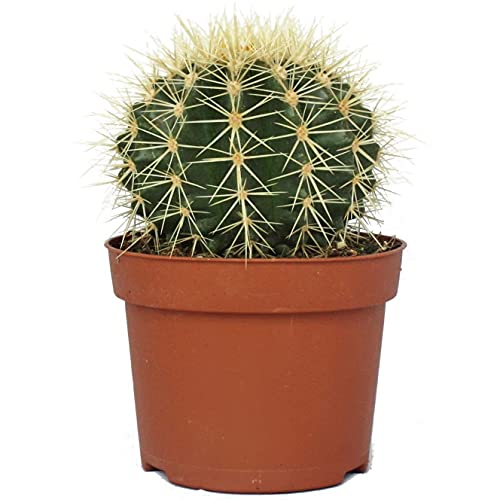
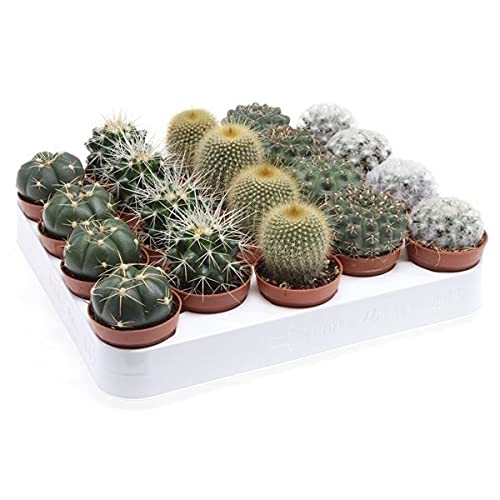
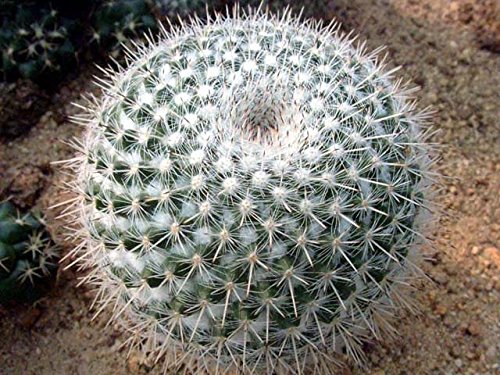
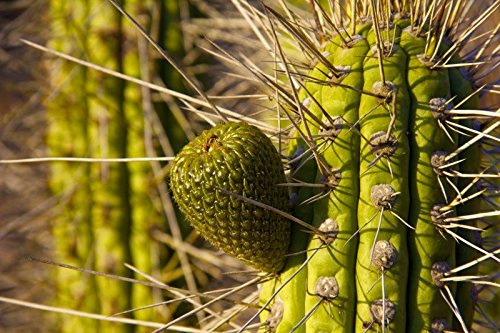
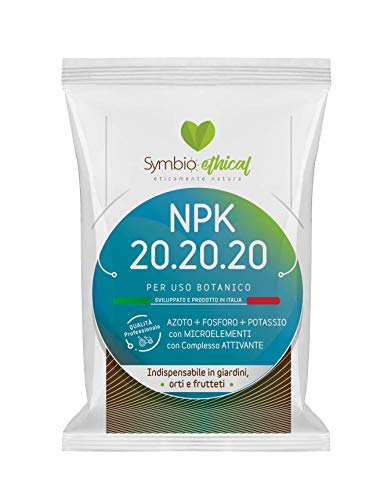





![Photo of How to Plant Green Beans: Complete Guide [Steps to Follow + Images]](https://www.complete-gardening.com/wp-content/uploads/2022/08/how-to-plant-green-beans-complete-guide-steps-to-follow-images-390x220.jpg)
![Photo of Hens: [Types, Laying, Feeding and Care]](https://www.complete-gardening.com/wp-content/uploads/2022/08/hens-types-laying-feeding-and-care-390x220.png)
